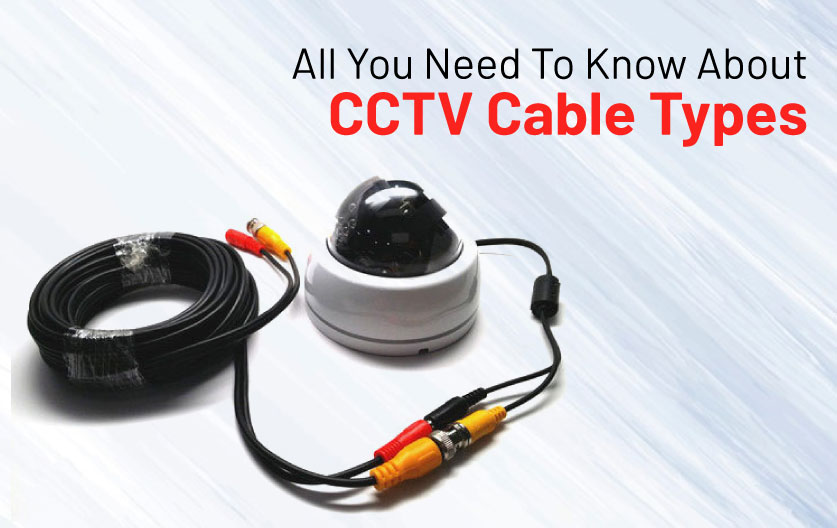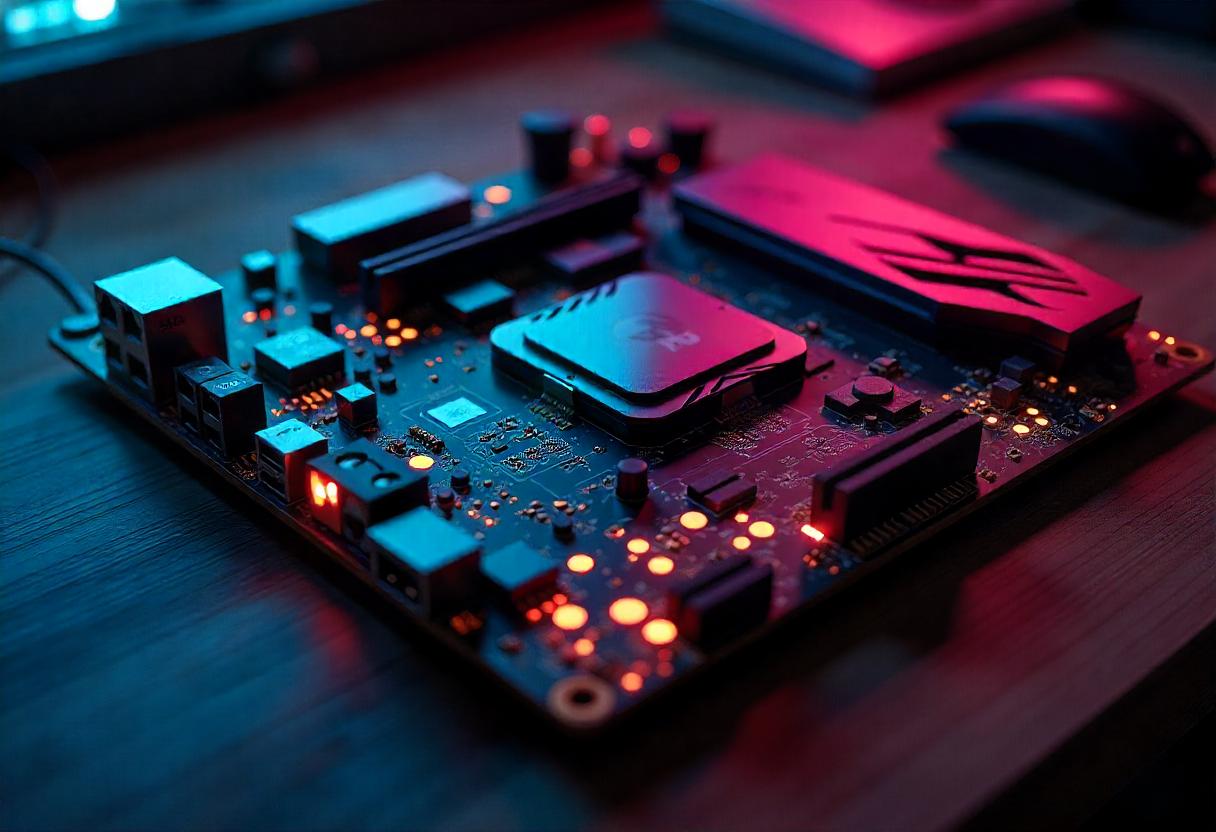 POSTED ON January 23, 2024 by Arup Ratan Paul
POSTED ON January 23, 2024 by Arup Ratan Paul Surveillance Camera Cables: Specifications, Benefits, and Disadvantages
In an era where security is paramount, surveillance systems play a crucial role in safeguarding homes, businesses, and public spaces. One of the key components of any surveillance system is the cables that connect the cameras to the recording or monitoring devices. Choosing the right surveillance camera cables is essential for ensuring a reliable and effective security setup. In this blog, we will delve into different types of surveillance camera cables, their specifications, benefits, and potential disadvantages.
Types of Surveillance Camera Cables:
Coaxial Cables:
Specifications: Coaxial cables are widely used for transmitting video signals. RG59 and RG6 are common coaxial cable types for surveillance applications.
Benefits: Coaxial cables offer good signal quality, making them suitable for transmitting high-definition video over long distances. They are also relatively easy to install and cost-effective.
Disadvantages: As technology advances, coaxial cables may struggle to keep up with the demands of higher resolution cameras. They are also susceptible to interference and signal degradation over extended distances.
Twisted Pair Cables (UTP):
Specifications: Unshielded Twisted Pair (UTP) cables, commonly used in networking, have become popular for transmitting video signals in surveillance systems. Cat5e and Cat6 are commonly used UTP cables.
Benefits: UTP cables are versatile and can transmit both video and power using Power over Ethernet (PoE) technology. They are cost-effective, flexible, and resistant to interference.
Disadvantages: UTP cables may experience signal degradation over longer distances compared to coaxial cables. They are also vulnerable to electromagnetic interference, especially in areas with high electrical noise.
Fiber Optic Cables:
Specifications: Fiber optic cables use light pulses to transmit data, providing high bandwidth and immunity to electromagnetic interference. Single-mode and multi-mode fiber optic cables are common types.
Benefits: Fiber optic cables offer exceptional data transmission speeds, making them suitable for high-definition and 4K surveillance cameras. They provide long-distance transmission without signal degradation and are highly resistant to interference.
Disadvantages: Fiber optic cables can be expensive and require specialized equipment for termination and splicing. They are also more delicate and may be susceptible to damage during installation.
Siamese Cables:
Specifications: Siamese cables combine both power and video cables into a single jacket, simplifying installation. They typically consist of a coaxial cable and power wires.
Benefits: Siamese cables simplify the installation process by running both power and video signals through a single cable. This can reduce the overall cost and complexity of the surveillance system.
Disadvantages: While convenient, Siamese cables may pose challenges if customization is required. For example, longer cable runs may require separate power and video cables for optimal performance.
Benefits of Surveillance Camera Cables:
Reliable Signal Transmission:
Properly chosen cables ensure reliable transmission of video signals, crucial for maintaining a clear and consistent surveillance feed.
Power Transmission (PoE):
Many modern cables support Power over Ethernet (PoE), eliminating the need for separate power cables and simplifying installation.
Versatility:
Different cable types cater to various surveillance system needs, providing flexibility in design and installation.
Cost-Effectiveness:
Choosing the right cable based on the specific requirements of the surveillance setup can result in a cost-effective solution.
Disadvantages of Surveillance Camera Cables:
Interference:
Coaxial and twisted pair cables may be susceptible to interference, impacting signal quality in environments with high electromagnetic activity.
Distance Limitations:
Coaxial and twisted pair cables may face limitations in terms of signal degradation over longer distances, requiring signal repeaters or amplifiers.
Installation Challenges:
Fiber optic cables require specialized knowledge and equipment for installation and termination, making them more challenging for DIY installations.
Cost:
Fiber optic cables can be expensive, especially for short-distance applications where their high bandwidth capabilities may not be fully utilized.
Selecting the right surveillance camera cables is a critical step in ensuring the effectiveness of any security system. Coaxial cables, twisted pair cables, fiber optic cables, and siamese cables each offer unique advantages and disadvantages. It's essential to consider factors such as distance requirements, susceptibility to interference, and installation complexity when choosing the most suitable cable for a specific surveillance application. As technology continues to evolve, staying informed about the latest advancements in surveillance cables will empower users to make informed decisions that enhance the security of their homes and businesses.
No Comments










Leave a comment